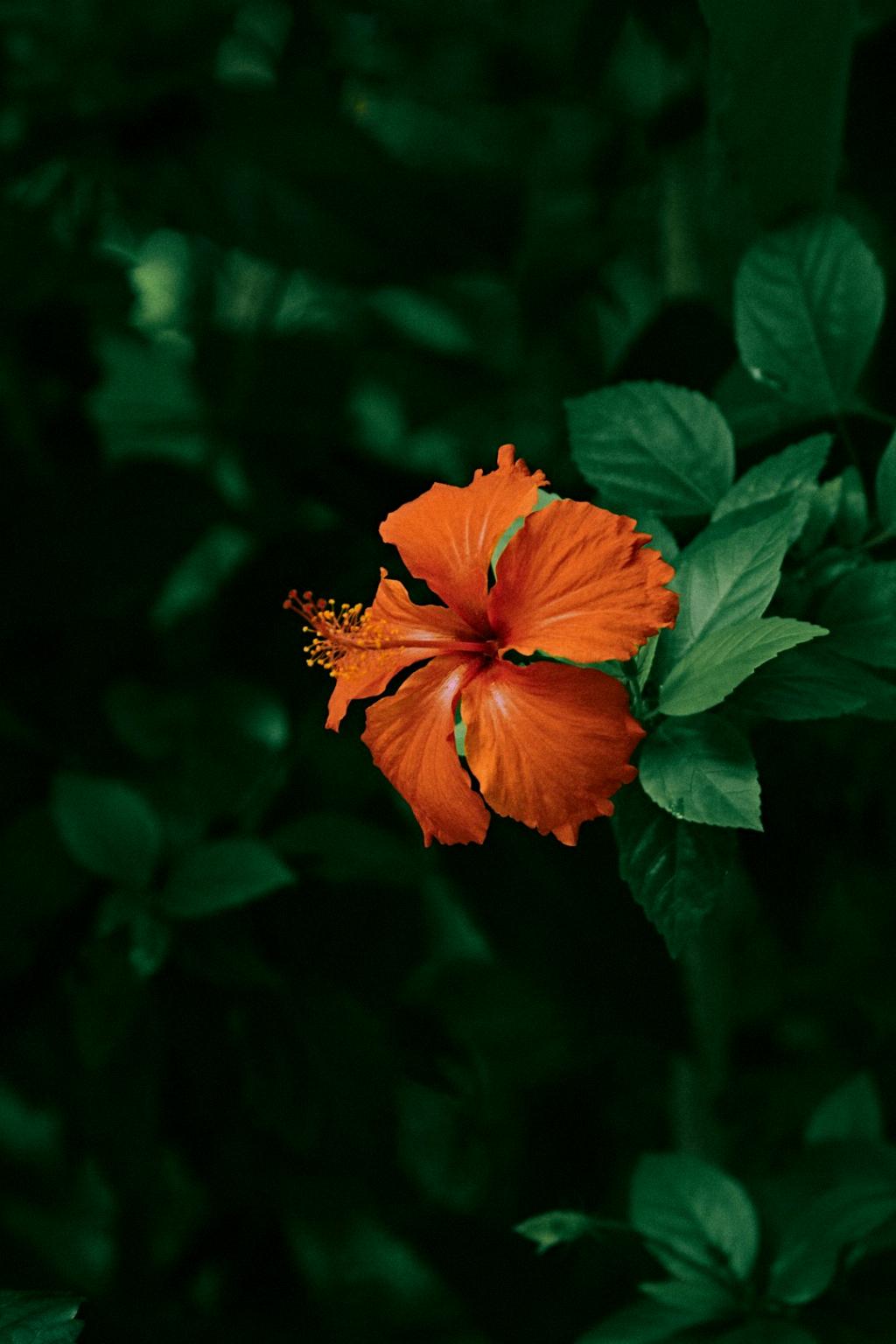When you notice the vibrant green leaves of your hibiscus plant suddenly turning a concerning shade of yellow, it can be quite alarming. The change in leaf color is often a sign that something is amiss with the plant’s health. In this article, we will delve into the various factors that can cause hibiscus leaves to turn yellow and discuss how you can address these issues to ensure the continued well-being of your beloved tropical plant.
1. Over-watering or Under-watering
One of the most common reasons behind yellowing hibiscus leaves is improper watering practices. Both over-watering and under-watering can spell trouble for your plant. If the soil becomes excessively soggy due to over-watering, it can lead to root rot, depriving the plant of essential nutrients and causing the leaves to turn yellow.
2. Lack of Nutrients
Like all plants, hibiscus requires a balanced diet of nutrients to thrive. A deficiency in essential nutrients such as nitrogen, iron, or magnesium can manifest as yellowing leaves. Regular fertilization can help replenish these vital nutrients and prevent leaf discoloration.
3. Incorrect Light Levels
Light plays a crucial role in the photosynthetic process of plants. Hibiscus plants thrive in bright, indirect light. Insufficient light exposure can hinder the plant’s ability to produce chlorophyll, leading to yellowing leaves. On the other hand, too much direct sunlight can cause sunburn and yellowing of the foliage.
4. Temperature Extremes
Hibiscus is a tropical plant that thrives in warm temperatures. Exposure to cold drafts or excessively low temperatures can stress the plant and cause its leaves to turn yellow. Similarly, extreme heat can lead to dehydration and leaf discoloration.
5. Pests and Diseases
Common pests such as aphids, spider mites, and whiteflies can wreak havoc on hibiscus plants, sucking out vital sap and causing leaf yellowing. Additionally, fungal infections like powdery mildew or root rot can also contribute to the decline of plant health and discoloration of leaves.
6. Poor Drainage
Proper drainage is essential for hibiscus plants to prevent waterlogged soil conditions. Without adequate drainage, excess water can accumulate around the roots, leading to rot and nutrient deficiencies. Ensure that your hibiscus is planted in well-draining soil and that any excess water can flow freely out of the pot or garden bed.
7. Root Bound Plant
As hibiscus plants grow, their root systems can become cramped within their containers, leading to a condition known as root binding. When the roots are constricted, the plant’s ability to uptake water and nutrients is compromised, resulting in yellowing leaves and stunted growth. Repotting the plant into a larger container can help alleviate this issue.
8. Environmental Stress
Environmental factors such as sudden changes in humidity levels, exposure to drafts, or air pollution can stress hibiscus plants and cause their leaves to turn yellow. Consider the plant’s surroundings and make adjustments to create a more conducive environment for growth.
9. pH Imbalance
The pH level of the soil can impact the availability of nutrients to the hibiscus plant. An overly acidic or alkaline soil pH can hinder nutrient uptake, leading to yellowing leaves. Conduct a soil test to determine the pH level and adjust it as necessary to create optimal growing conditions for your hibiscus.
10. Seasonal Changes
Hibiscus plants may naturally shed older leaves and generate new growth during seasonal transitions. However, excessive yellowing of leaves that is not part of the normal growth cycle may indicate an underlying issue that needs to be addressed.
11. Stress Due to Transplantation
Transplanting hibiscus plants can cause stress as they adjust to their new environment. During this period, the plant may exhibit symptoms of shock, including yellowing leaves. Provide proper care and attention to help the plant acclimate to its new home.
12. Remedial Measures
Addressing the underlying cause of leaf yellowing is crucial to restoring the health of your hibiscus plant. Implement corrective measures such as adjusting watering practices, fertilizing appropriately, providing adequate light and temperature conditions, and addressing pest or disease issues promptly. With proper care and attention, your hibiscus plant can regain its lush green foliage and vibrant blooms.

